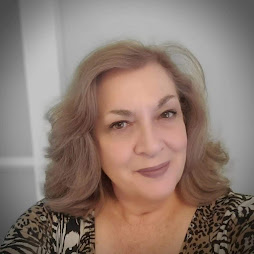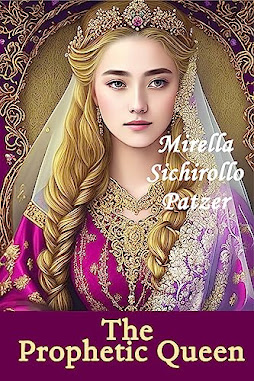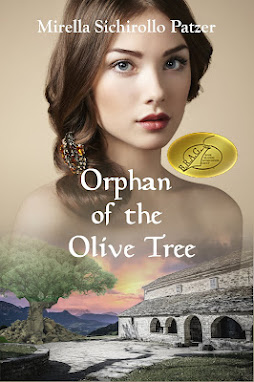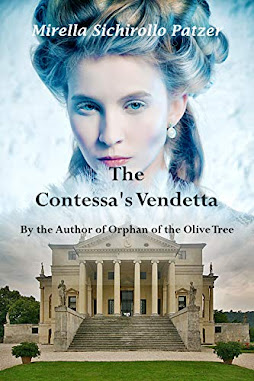Isabella D'Este, the Grand Lady of Renaissance
Born in Ferrara (1474), and the eldest of six children, Isabella
was raised in a household where culture, politics and the arts were ever-present.
Her parents’ favourite, Isabella was
extremely intelligent and a delightful conversationalist.
She was such an avid learner of politics that by the age of
sixteen she was already debating with ambassadors and politicians. Sixteen was also the age she married her
betrothed, Francesco Gonzaga, Marquis of Mantua and General of the Venetian
army (she actually knew–and was promised to him since the age of six!). With a flair for fashion, an eye for great
art work, a passion for music and literature, a love of history and languages,
and a knack for politics- this blonde beauty also had charisma to boot.
Not only could Isabella influence fashion and set trends, renowned
artists such as Titian, Raphael, and the great Leonardo- all regularly spent
time earning her patronage. As for politics, Isabella’s keen sense of governing
and tactful understanding of her people earned her great respect as commander
and ruler as well.
In fact, Isabella always governed in place of her husband
while he was away- and while he was imprisoned in Venice under captivity of
King Charles VIII of France, she was regent for three years. She would later go on to rule as regent for
her own son (the heir) after the death of Francesco. And, ultimately, Isabella would become sole
ruler of Solarolo for ten years, up until her death in 1529.
As for the arts, Isabella had a passion for all that was
beauty and knowledge. Fluent in both
Greek and Latin, and a lover of Roman history, Isabella kept her mind filled
with culture. She also played several
musical instruments and delighted particularly in playing the lute. Surrounding herself with great artists, her
affinity and exquisite taste led her to the opening of her own ducal salons as
private museums containing her private art collection. Isabella furthered her mission by expanding
and making art and culture accessible by opening a school for girls. Having been taught no differently than her
own brothers, Isabella understood the importance and benefit that educating
girls can have on society. In her own
private time, Isabella also loved to write.
History has preserved a significant number of letters of correspondence
shared with her well-beloved sister-in-law, Elisabetta Gonzaga.
What about her love life? As mentioned previously, Isabella
and Francesco knew eachother from when they were little. Theirs began as a love that seemed to forever
flourish (they did go on to having eight children together!). But alas their story was not all
paradise-like. Francesco was to spoil
all that by begetting himself the mistress of mistresses…the ultimate Lucrezia
Borgia herself!
Lucrezia was married to Isabella’s younger brother- and no
sooner did she come into the family that the affair commenced. A rival to Isabella (but in no way culturally
comparable- or beloved by all), Lucrezia put a huge damper in what was once a
blissful marriage. But in the end Isabella
would be the one to come out triumphant, if one is to revisit the history: Lucrezia lived a horrid life and Francesco is
believed to have died of syphilis.
Isabella instead went down in history as a patron of
Renaissance, arts and literature. To
quote Niccolo da Correggio, Isabella rightfully earned the title of ‘First Lady of the World’.
Note: in the above painting, Titian painted Isabella as she looked in her 60's, but because she did not like herself as such, she demanded he repaint her as she looked when she was in her 20's! Spunky as well as smart;
 |
| From History and Women |





















Post a Comment
1 Comments